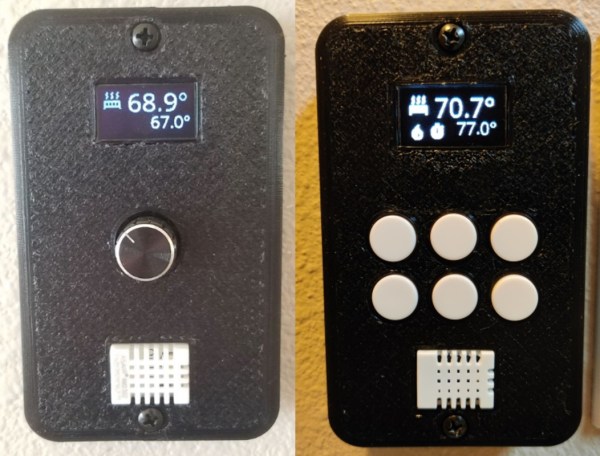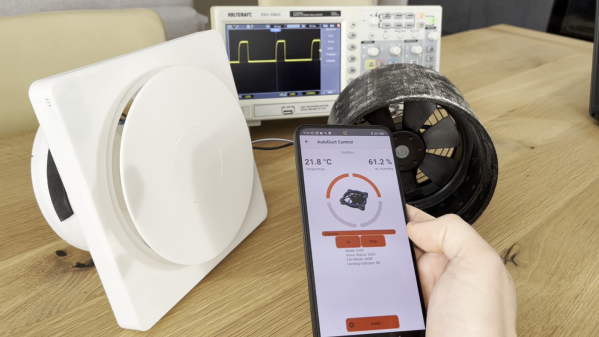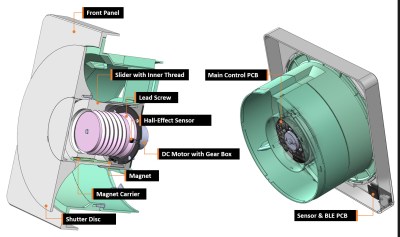It’s not much of a secret that Texas’ nearly completely isolated grid is in a bit of a pickle, with generating capacity often being handily outstripped during periods of extreme demand. In a latest bid to fight this problem, smart thermostats are being offered to customers, who will then participate in peak-shaving. The partnership between NRG Energy Inc., Renew Home LLC, and Alphabet Inc. will see about 650,000 of these thermostats distributed to customers.
For customers the incentive would be mostly financial, though the details on the potential cost savings seem scarce. The thermostats would be either a Vivint (an NRG company) or Google Nest branded one, which would be controlled via Google Cloud, allowing for thermostat settings to be changed to reduce the load on the grid. This is expected to save ‘300 MW’ in the first two years, though it’s not clear whether this means ‘continuously’, or intermittent like with a peaker natural gas plant.
Demand curtailment is not a new thing, with it being a big thing among commercial customers in South Korea, as we discussed within the topic of vehicle-to-grid energy storage. Depending on how it is implemented it can make a big difference, but it’ll remain to see how regular consumers take to the idea. It also provides more evidence for reducing grid load being a lot easier than adding grid-level storage, which is becoming an increasingly dire topic as more non-dispatchable solar and wind power is added to the grid.





















